News
EPJ ST: John Weisend new Editor on board
- Details
- Published on 12 June 2024
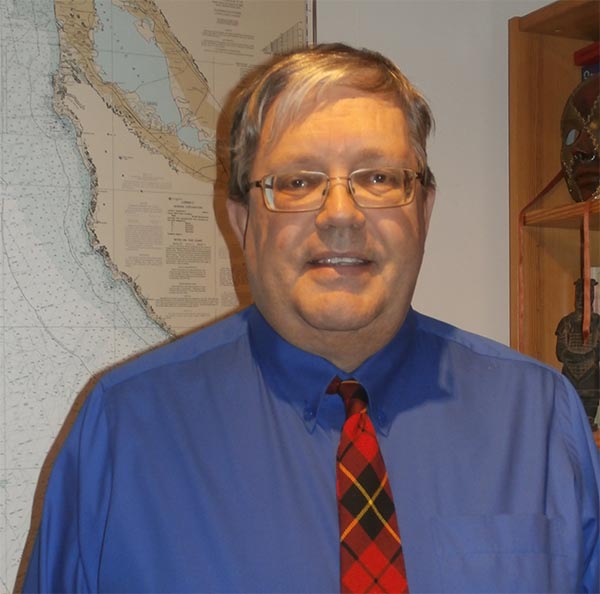
The publishers are very pleased to announce that Dr. John Weisend has recently joined the EPJST Editorial Board.
John Weisend is currently a Senior Scientist in the Accelerator Division at the European Spallation Source in Lund, Sweden. He is also an Adjunct Professor of Engineering at Lund University. He received his Ph.D. in Nuclear Engineering & Engineering Physics from the University of Wisconsin – Madison. He has worked at the SSC Laboratory, the Centre D’Etudes Nucleaires Grenoble, the Deutsches Elecktronen-Synchrotron Laboratory (DESY), the Stanford Linear Accelerator Laboratory (SLAC), the National Science Foundation and Michigan State University.
Dr. Weisend’s interests include He II, cryogenic safety, large scale accelerator cryogenics and the development of large international science projects. He published various books including Superfluid, He is for Helium, Going for Cold (co-authored with T. Meaden), Cryogenic Safety (co-authored with T. Peterson), Cryogenic Two-Phase Flow (co-authored with N. Filina) and is an editor of the Handbook of Cryogenic Engineering and of Cryostat Design. He writes a regular column “Cryo Bios” for the publication Cold Facts. Dr. Weisend is a Co-Editor in Chief for the journal Interactions. He is a chair of the Cryogenic Society of America and the International Cryogenic Engineering Conference Board.
EPJ A Topical Collection: Precision Measurements in Nuclear Physics
- Details
- Published on 12 June 2024

Guest Editors: Klaus Blaum, Maria Jose Garcia Borge
The progress made in recent years on the precision frontier in the determination and prediction of ground and excited state nuclear properties has been amazing. The advances in technology mainly concerning ion traps, storage rings, lasers, high-precision frequency measurements, detectors, and particle beams as well as advances in atom and ion manipulation have allowed for major breakthroughs in the determination of fundamental parameters and quantities of radionuclides such as masses, electromagnetic moments, lifetimes and beta decay correlations. In a similar manner, significant progress has been made in the theoretical description of the nucleus and its properties.
EPJ ST: Filippos Sofos new Editor on board
- Details
- Published on 10 June 2024
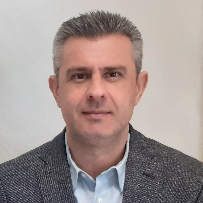
The publishers of The European Physical Journal Special Topics are pleased to announce the appointment of Dr Filippos Sofos as new Editor in the board.
Dr. FILIPPOS SOFOS is an Assistant Professor in Computational Condensed Matter Physics, at the Department of Physics, University of Thessaly, GR. He studied Electrical and Computer Engineering at the Democritus University of Thrace, GR, where he also obtained his MSc in Microelectronics and Digital Systems, and received his PhD from the Civil Engineering Department, University of Thessaly, GR. The topic of his PhD Thesis was related to the investigation of flows at the nano/micro-scale with the Molecular Dynamics method.
His research interests focus on the application of innovative machine learning methods in physical sciences, big data analysis, deep learning and super resolution, genetic programming, as well as numerical simulation methods in fluid mechanics and materials, multiscale modeling, nanofluidics, and computational Hydraulics. In these directions, he has published more than 100 journal and conference proceedings papers.
EPJ Plus expands and refines scope of geophysics section to become Earth System Physics
- Details
- Published on 07 June 2024
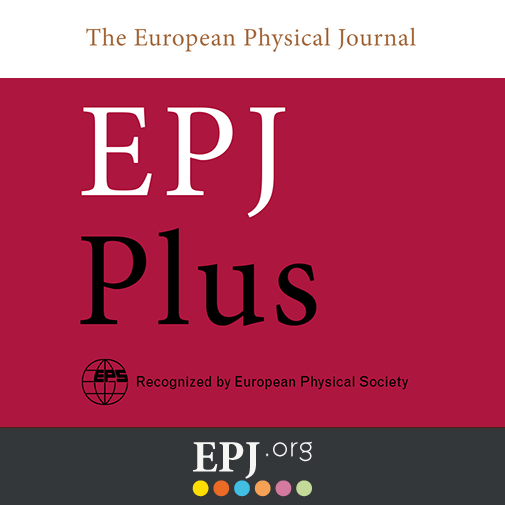
EPJ Plus has both expanded and refined the scope of its geophysics section to become Earth System Physics, which is encompassing all topics and methodologies that view the rapidly growing field of Earth System Science through the lens of physics. The aim is to offer a platform for discussing fresh perspectives and understanding of the dynamics and scales connecting geosphere, hydrosphere, atmosphere, and biosphere and the forming of environments and climates. At the same time the new scope wishes to recognize and foster the transformative potential of deep learning in the field - the connections between data scientists and geoscientist are still developing, and physically-informed AI represents not just an evolution in methodology but a paradigm shift in how to conceptualize and engage with Earth System Science.
For more information please read the Editorial by Antonio Navarra, the Managing Editor of this section.
EPJ PV Highlight - Prioritizing Circular Economy strategies for sustainable PV deployment at the TW scale
- Details
- Published on 07 June 2024

Prioritizing Circular Economy strategies for sustainable PV deployment at the TW scale
The material demand and eventual end of life management associated with multi-TW scale photovoltaic (PV) deployment has elicited significant consternation in research communities and the public discourse. Circular Economy and it's associated R-Actions (Reduce, Reuse, Recycle) have been proposed to mitigate end of life management and material sourcing concerns. However, Circular Economy studies and metrics typically focus on a single product scale, heavily emphasize recycling, and only consider mass, excluding energy flows – a major oversight for an energy generating technology. Leveraging the open-source PV in Circular Economy (PV ICE) tool, the article quantifies the mass and energy implications of different R-Actions and proposed sustainable PV module designs in the context of achieving energy transition deployment goals (75 TW in 2050, 86 TW in 2100). Specifically, 13 technology-based module scenarios are established varying module efficiency, lifetime, and material circularity. These 13 module scenarios are evaluated across 6 metrics; total deployment including replacements, virgin material demand, lifecycle wastes, energy demands, net energy generated, and energy balance.
EPJ B Topical review - Twenty-five years of random asset exchange modeling
- Details
- Published on 05 June 2024

Over the last twenty-five years, there has emerged within the subfield of econophysics a sizeable and important literature (hereinafter the “random asset exchange” literature) concerned with the application of stochastic processes to model wealth and income distributions. In a new Topical Review published in EPJ B, written by Max Greenberg (University of Massachusetts Amherst, USA) and H. Oliver Gao (Cornell University, USA), the random asset exchange literature as a whole is comprehensively exposited for the first time.
EPJ E Highlight - Investigating collective motions in schools of zebrafish
- Details
- Published on 27 May 2024
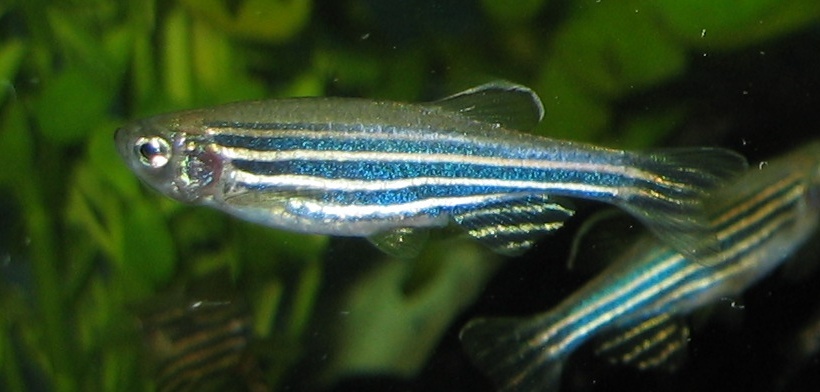
Observations reveal new insights into the evolution of collective motions within schools of zebrafish, and how their complexity and structure vary with density.
Active systems display a wide range of complex and fascinating behaviours, many of which are not yet fully understood. Found on scales ranging from microbes and self-propelling particles to large groups of fish, birds, and mammals, they are made up of many individual parts, which each convert energy from their surroundings into motion.
Through new analysis published in EPJ E, Antonio Romaguera and collaborators at the Rural Federal University of Pernambuco, Brazil, have gained deeper insights into the collective motions of schools of zebrafish: active systems in which multiple fish can collectively move in the same direction. The team’s discoveries could help researchers to better understand the unique properties of active matter, and how complex behaviours emerge and evolve on different scales.
EPJ E Highlight - Modelling vibration patterns in granular materials
- Details
- Published on 24 May 2024
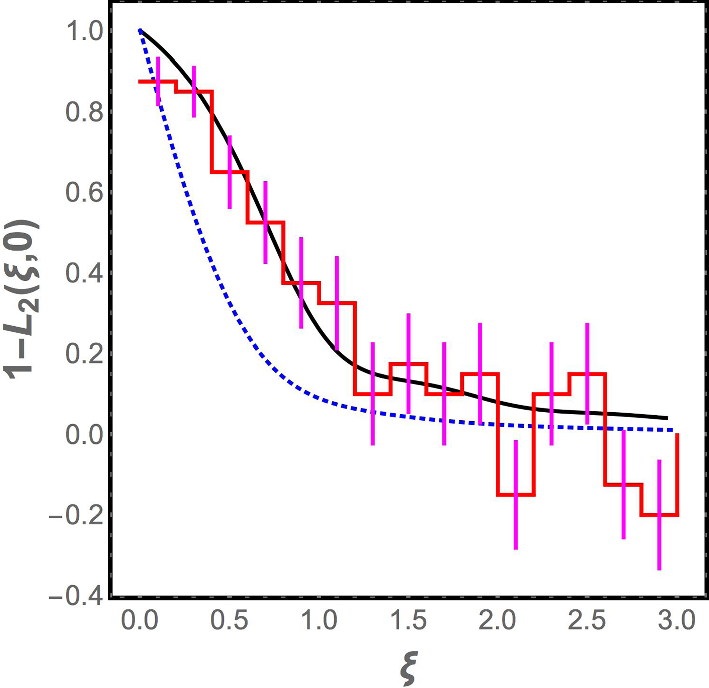
The ‘Laguerre ensemble’ statistical model can better describe the vibrational patterns of granular materials at a critical point of transition in their behaviour.
Granular materials are collections of solid particles which can behave in similar ways to both solids and liquids via interactions between grains. Previously, researchers have explored how the behaviours of these materials can be described in the language of statistical mechanics.
Through new research published in EPJ E , Onuttom Narayan at the University of California, together with Harsh Mathur at Case Western Reserve University, show how the characteristic vibrational patterns associated with granular materials at the point where they transition to more solid-like states can be reproduced more accurately. The work could help researchers to gain a deeper understanding of how granular materials behave.
EPJ PV Highlight - Communication on the potential of applied PV in the European Union: Rooftops, reservoirs, roads (R3)
- Details
- Published on 21 May 2024

Communication on the potential of applied PV in the European Union: Rooftops, reservoirs, roads (R3)
‘Communication on the potential of applied PV in the European Union: Rooftops, reservoirs, roads (R3)’ is a study conducted by the European Commission’s Joint Research Centre (JRC) that aims to assess the technical capacity potential of these three photovoltaic (PV) applications. The results were published recently in EPJ Photovoltaics.
Renewable energy technologies, like solar panels, are important for meeting the increasing demand for electricity and helping to combat climate change. The European Union (EU) has set ambitious targets for PV installation, but there are challenges to overcome, including competition for land and potential environmental drawbacks.
Indeed, the EU Solar Energy Strategy has outlined solid plans for PV installation, aiming for 385 GWDC (320 GWAC) by 2025 and 720 GWDC (600 GWAC) by 2030.
While striving to meet these targets, it is crucial to ensure that the adoption of renewable energy sources does not adversely affect the environment and biodiversity, in accordance with EU policies on nature and wildlife conservation.
EPJ H Highlight - Tracing the history of perturbative expansion in quantum field theory
- Details
- Published on 17 May 2024
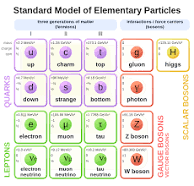
Contrary to long-standing assumptions, simplified descriptions of quantum systems have played a central role in shaping the foundations of quantum field theory.
Perturbative expansion is a valuable mathematical technique which is widely used to break down descriptions of complex quantum systems into simpler, more manageable parts. Perhaps most importantly, it has enabled the development of quantum field theory (QFT): a theoretical framework which combines principles from classical, quantum, and relativistic physics, and serves as the foundation of the Standard Model of particle physics.
Yet despite its importance in shaping our understanding of the universe, the role of perturbative expansion has often been understated when discussing the mathematical and philosophical foundations of QFT. Through new analysis published in EPJ H: Historical Perspectives on Contemporary Physics, James Fraser at the University of Wuppertal, together with Kasia Rejzner at the University of York, bring the special status of perturbative expansions into sharper focus, by highlighting their deep-rooted relationship with the foundations of QFT.




